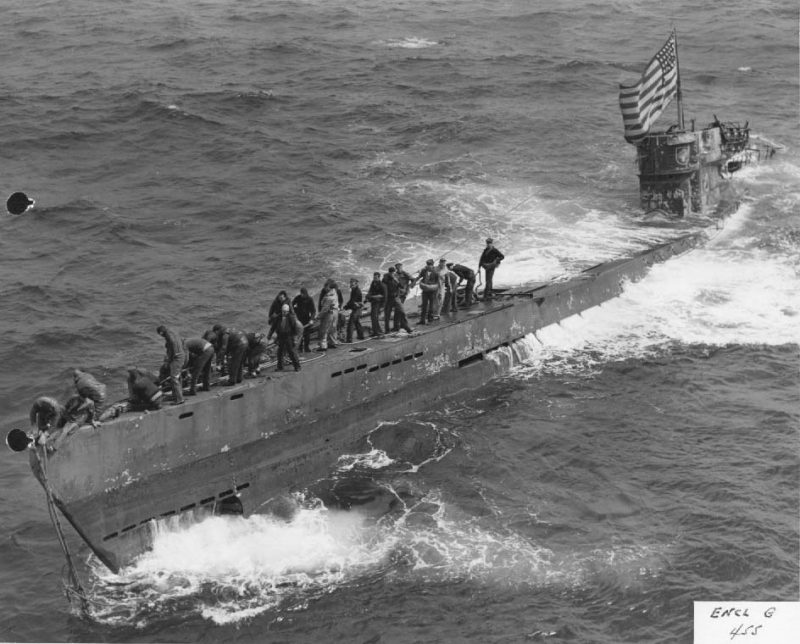On June the 4th, 1944, U-boat U-505 was cruising through the seas of West Africa looking for opportunities to send American and Allied ships to the bottom of the ocean.
As U-505 was patrolling the coastline, depth charges erupted from US Navy ship USS Chatelain.
This depth charge finished an incredibly successful campaign for the submarine.
While hitting the submarine with depth charges was a stroke of luck, the allies decrypted intelligence that allowed the U.S. Navy to hone in on the area of the submarine.
While no one had access to the exact position of the U-505, it had been discovered that German U-boats were conducting an operation near Cape Verde.
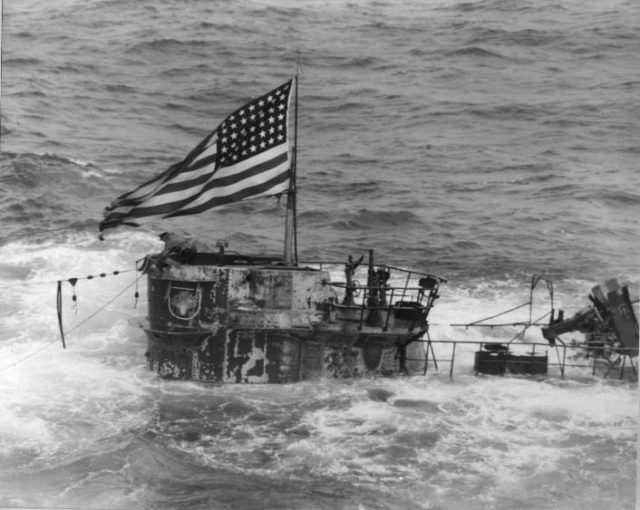
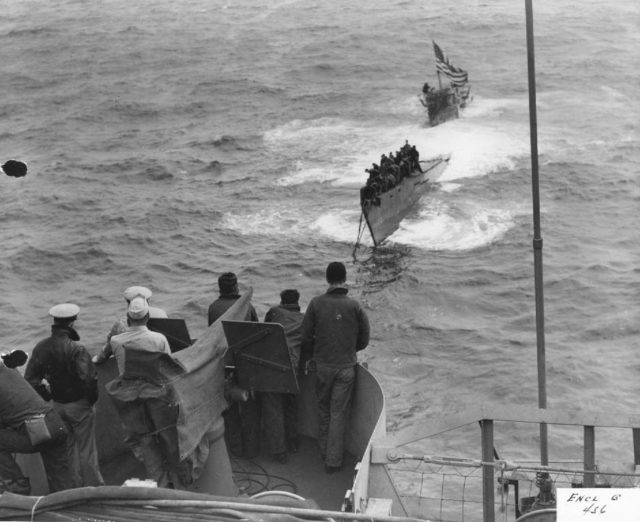
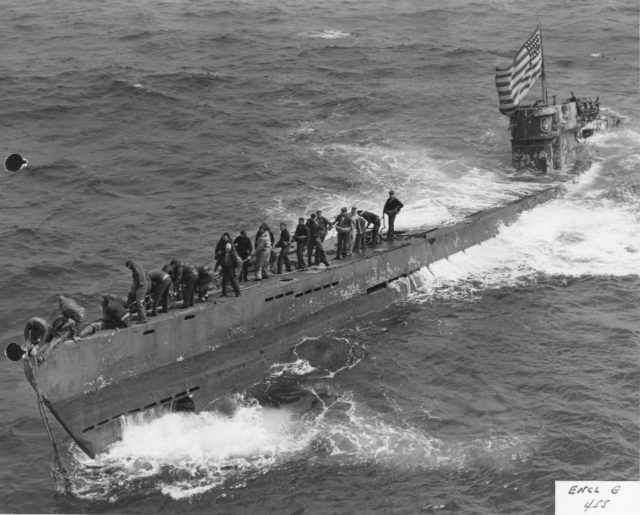
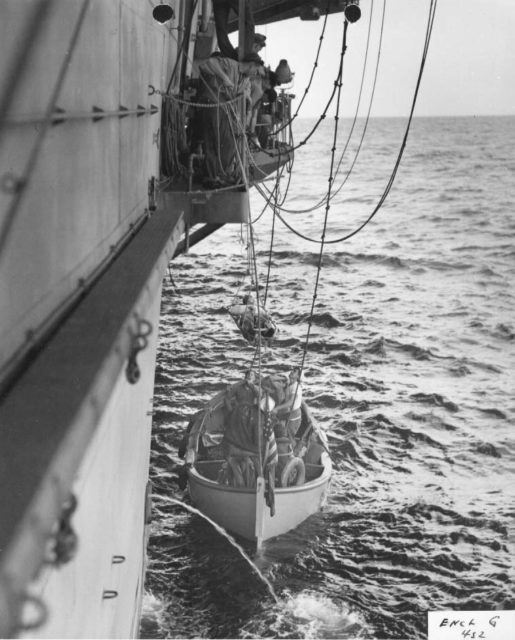
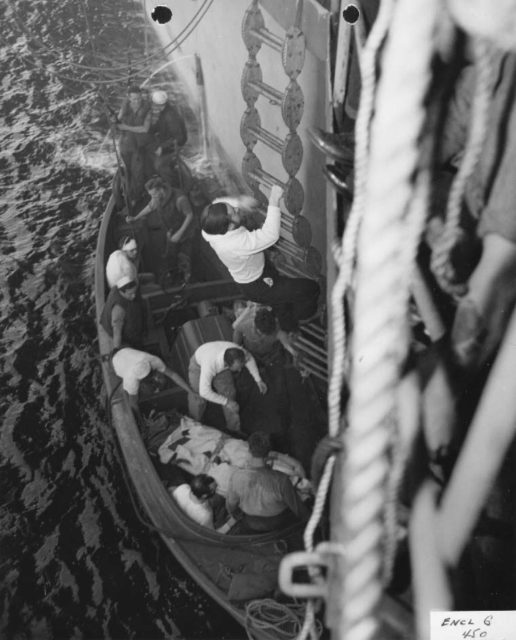
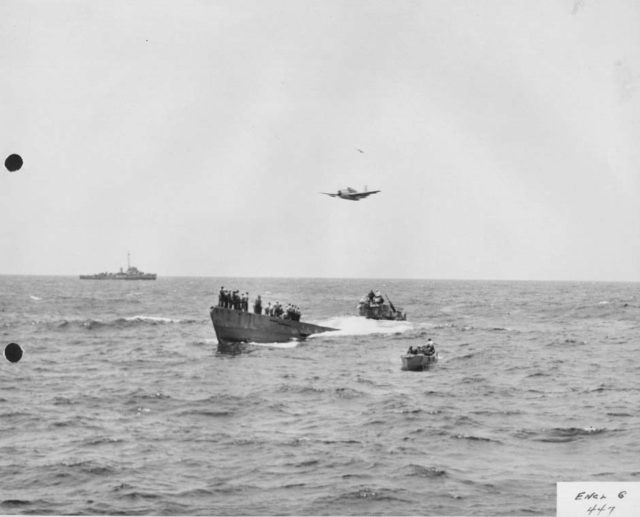
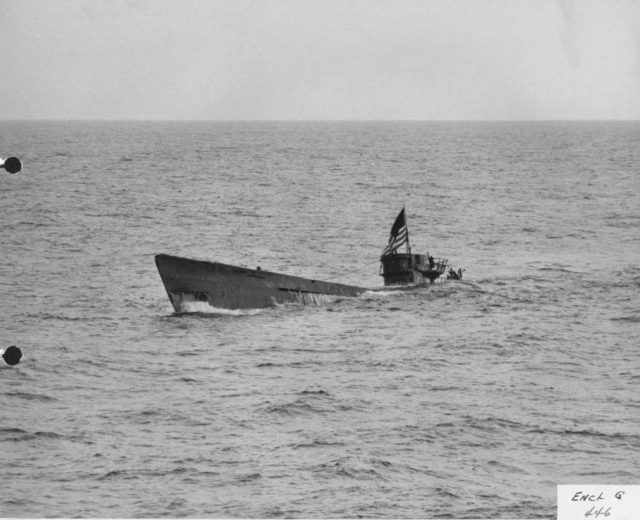
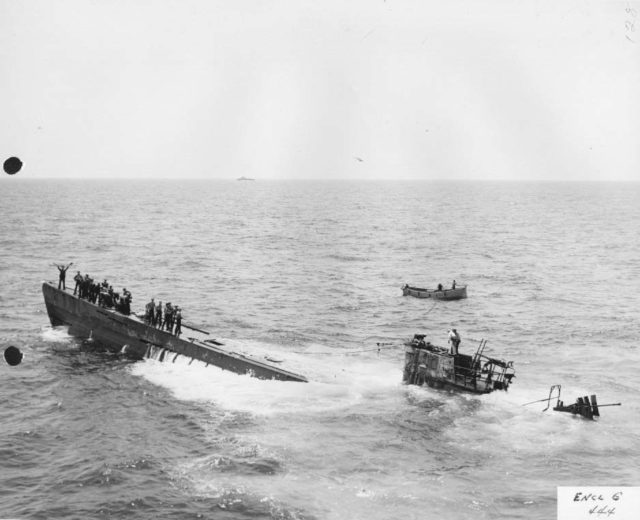
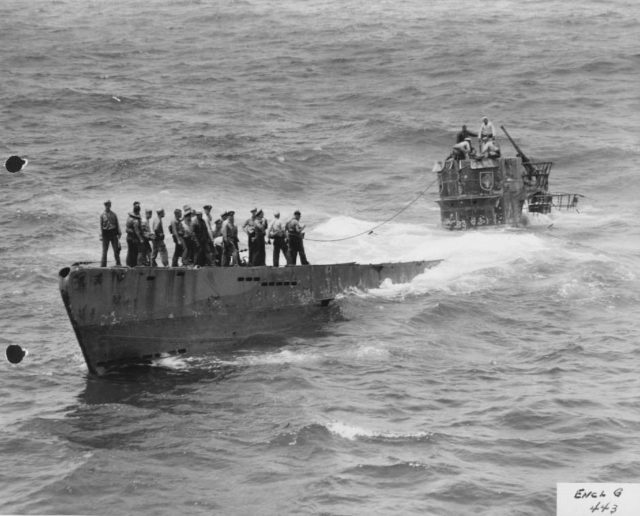
Once the location of the submarines was discovered, the United States sent out a group of ships to capture and destroy the U-boats.
The group were skilled submarine hunters and were commanded by a gentleman named Captain Daniel Gallery. Among the group was a Captain Gallery’s aircraft carrier, named Guadalcanal.
He was accompanied by 5 destroyers that were operating under Commander Frederick S. Hall. The ships names were the Pope, Jenks, Pillsbury, Chatelain and Flaherty.
The collective group of hunters was called TG 22.3. On the 15th of May in 1944, the group embarked on their journey from Virginia. By the end of the month, the crew had begun their mission to capture and destroy their elusive enemies.
They were equipped with high-frequency sonar technology named “Huff Duff”, and were aided by air as well as surface scouting and reconnaissance.
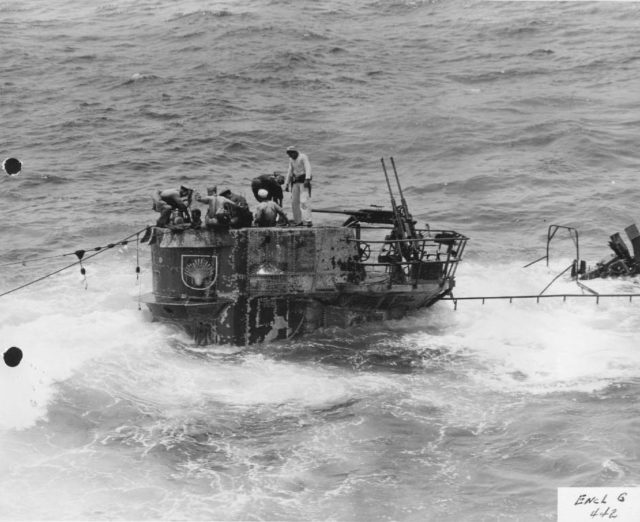
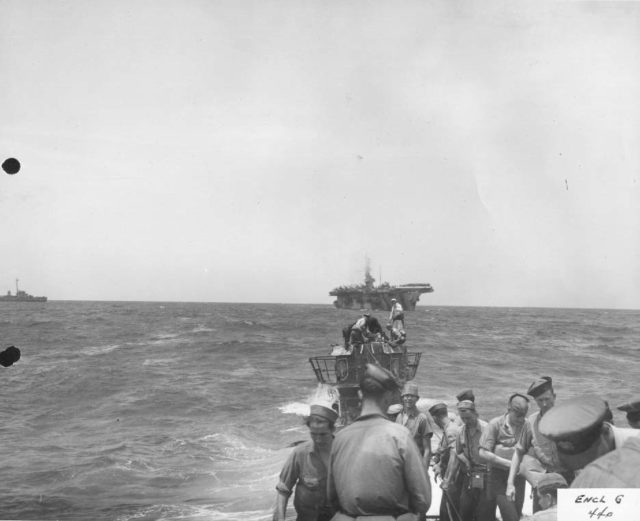
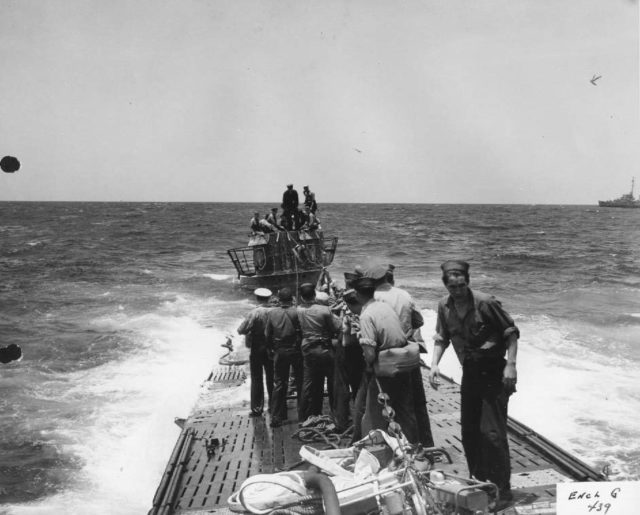
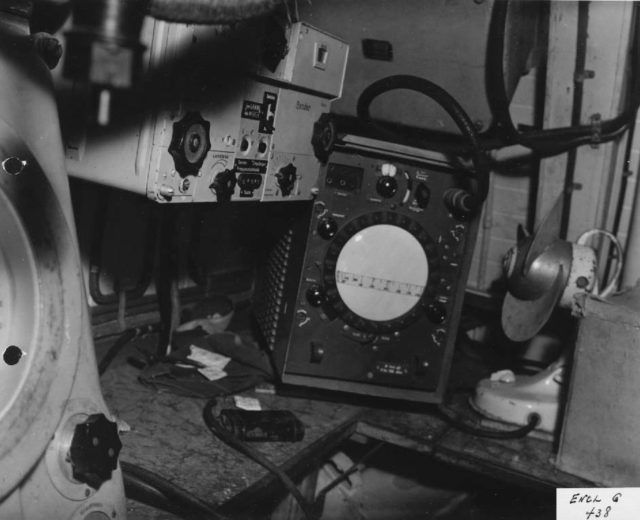
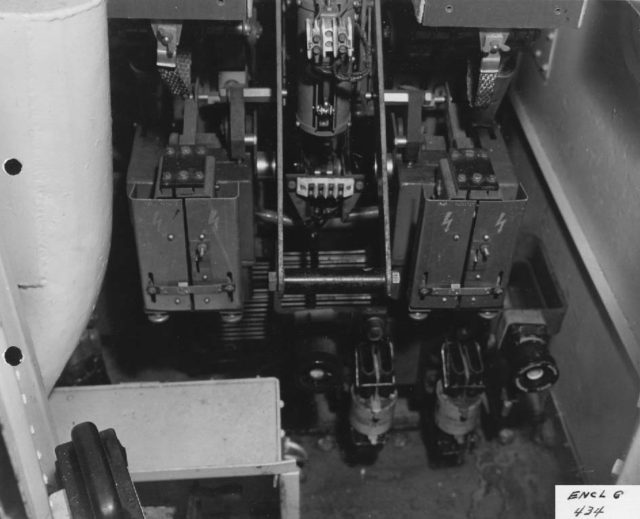
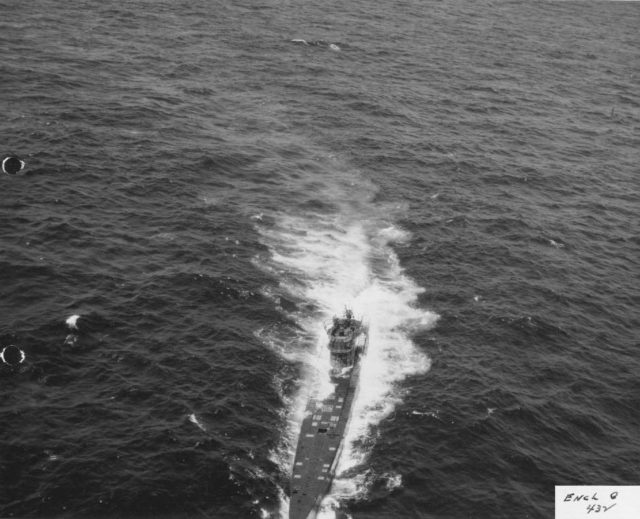
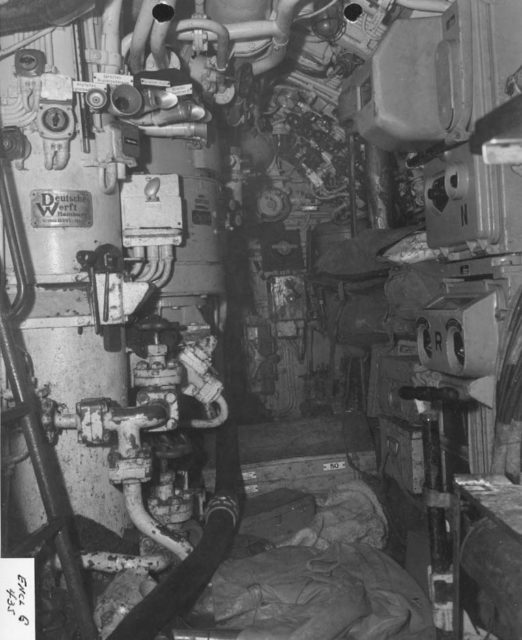
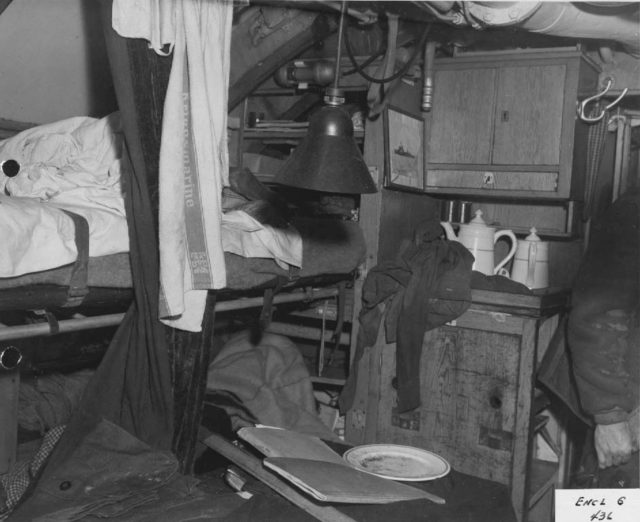
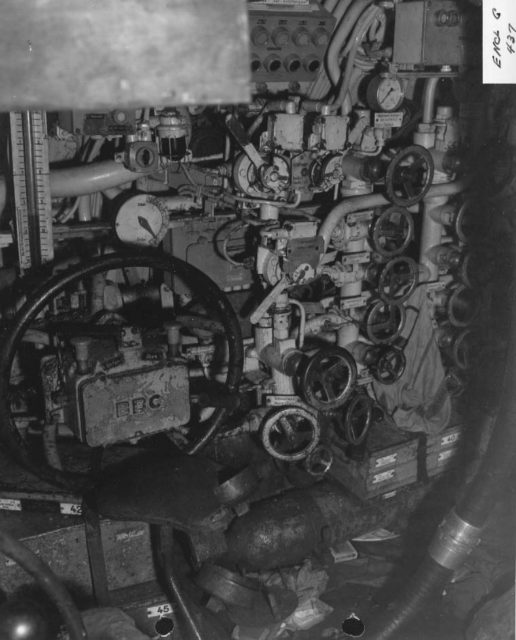
Just before noon on the June 4th, the gang of ships struck gold. They made sonar contact with one of the U-boats. This submarine was the renowned U-505. The TG 22.3 found the submarine approximately 150 miles off the land around Rio de Oro.
The U-boat was only 800 yards from Chatelain’s bow. The escorts quickly responded and moved towards the submarine. Guadalcanal sped away then launched out an F4F to join another F4F Wildcat and an Avenger that were already in the sky.
Amazingly, when the Navy discovered the U-boat, the Chatelain was so close that the depth charges couldn’t drop quickly enough to hit the U-boat. Luckily, the submarine hunters knew exactly what to do.
The crew fired Hedgehog anti-submarine mortars as they passed U-505 and then followed up by trapping the U-boat. They turned and made their follow-up attack. As the Chatelain was positioning itself, an aircraft spotted the submarine and marked its position. Simultaneously. Chatelain unleashed its depth charges on the submarine.
The attack hit the U-boat. Immediately after the depth charges detonated, causing the submarine to visibly leak oil. A pilot in the area broadcasted “You struck oil!” over the radio. The attack was quick and productive. The total time it took to force the submarine to the surface of the water was slightly less than 7 minutes. The heavily damaged U-boat had run out of options; it had to surface around 700 yards from the Chatelain.
As U-505 surfaced, the U.S. Navy responded by firing at the U-boat with all of its automatic arms. It was joined by the other ships in the TG 22.3 as well as the pilots in the air.
The U-505 was being obliterated. The commander of the submarine was Oblt.z.S. Lange. He believed there was no way for the submarine to survive the attack, so he commanded that his crew abandon the submarine.
But when his order was given, his soldiers didn’t follow proper protocol and destroy the vessel as they abandoned it. Some of the valves were left open, but it wasn’t enough for the submarine to sink, forever leaving the technology and intelligence at the bottom of the ocean. The engines were still operating and were left running. The final verdict is that the Nazi crew panicked and didn’t scuttle the ship in the right fashion.
The final result was that the U-boat began circling at 8 miles per hour.
The commander of Chatelain thought the U-boat was going down with a fight and that the Nazi crew was prepared to sink to the bottom of the ocean. He ordered a torpedo to be shot at the U-boat, but it missed the abandoned U-505.
After the first torpedo had missed, the U-Boat hunters realized that the submarine had been abandoned. The U.S. Navy began picking up the German survivors.
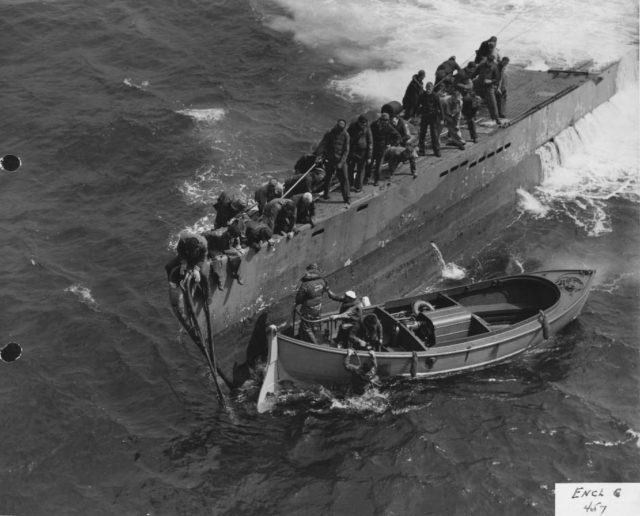
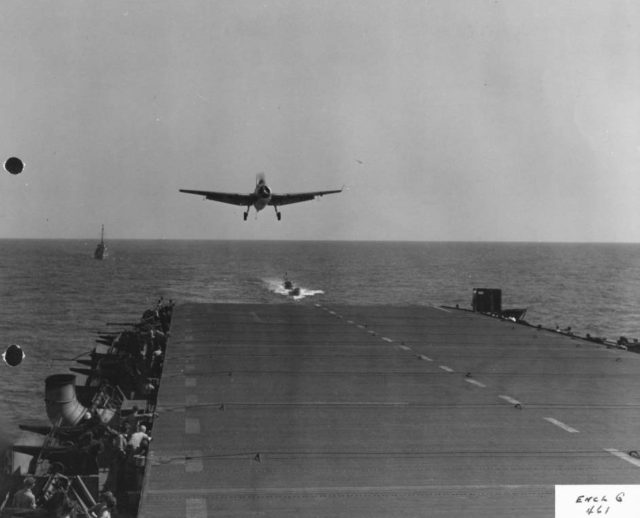
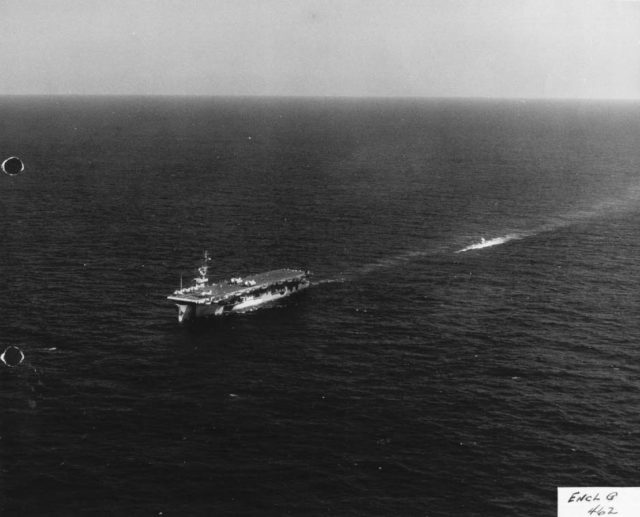
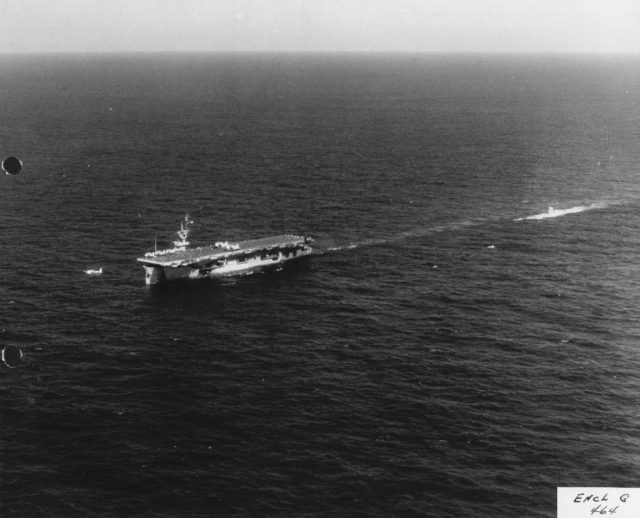
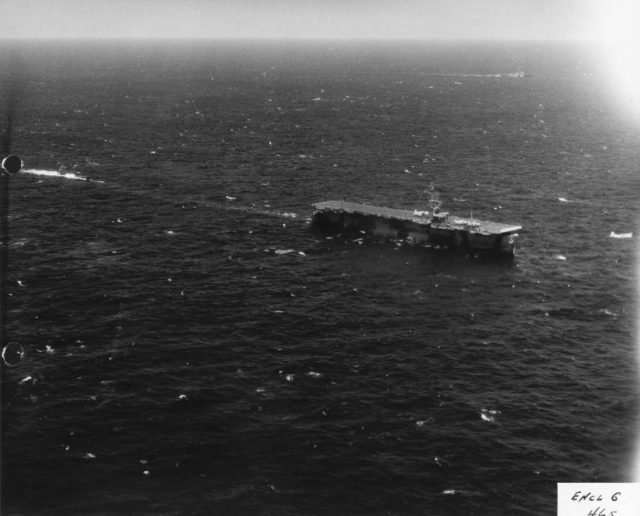
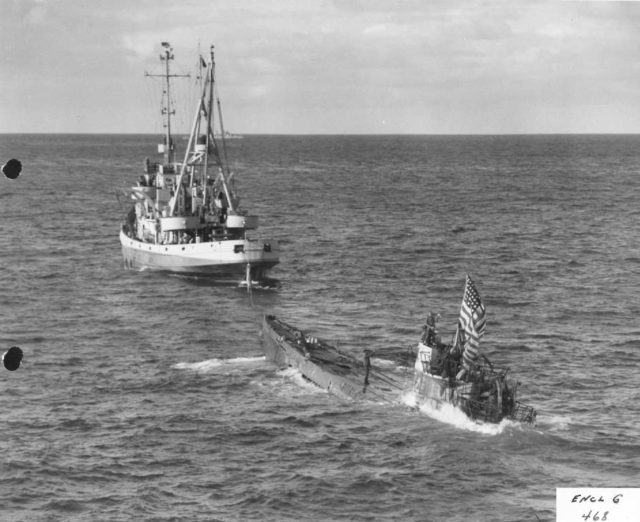
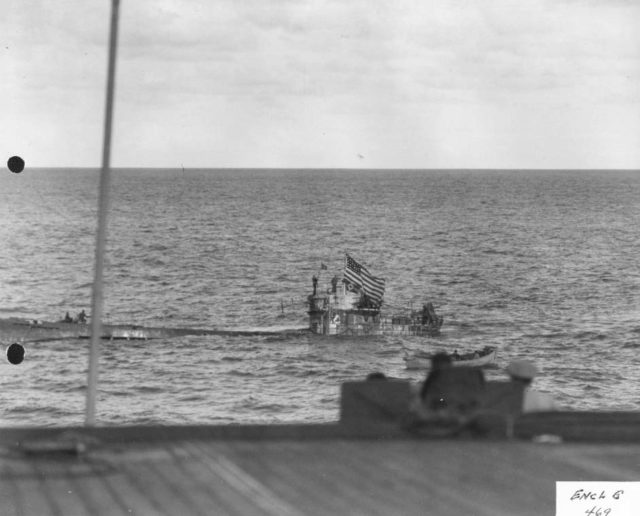
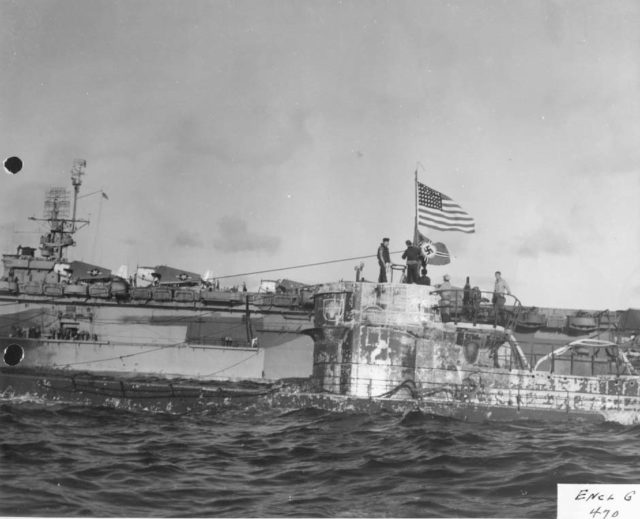
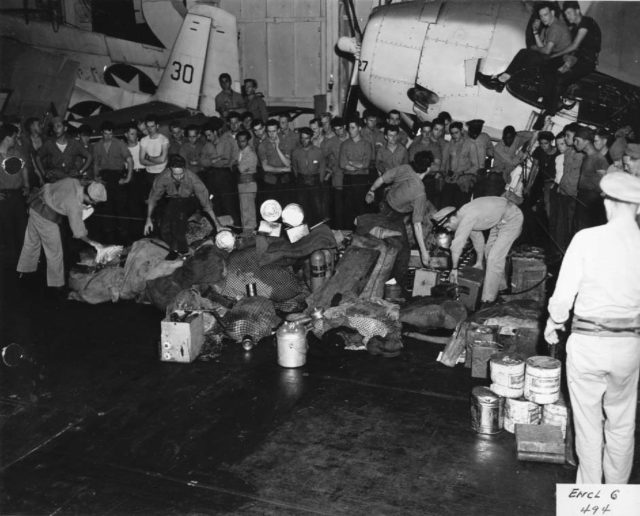
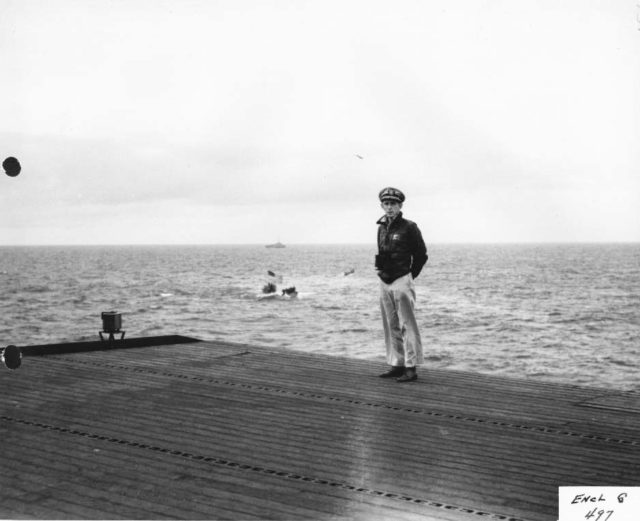
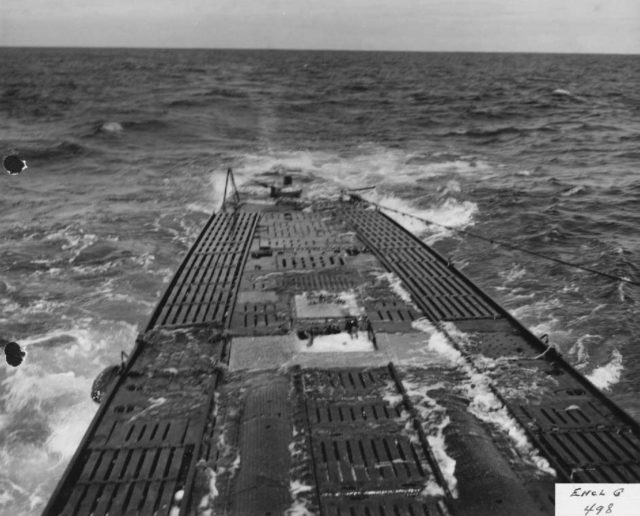
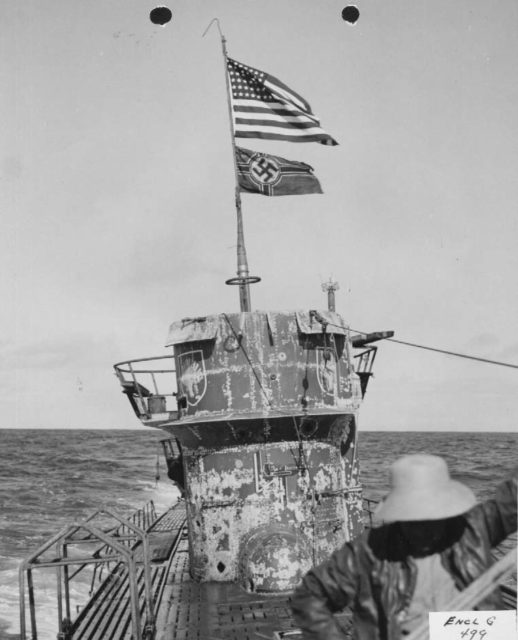
A boarding party from the Pillsbury went on a mission to keep the submarine from sinking and to secure intelligence the United States could use against the Axis. The crew that infiltrated U-505 stopped the leaks and kept the submarine afloat. They also stopped the engines and got to work at securing the intelligence. The boarding party uncovered charts, extracted hard to find code books, and disarmed the demolition charges that had been planted by the fleeing Germans.
The Pillsbury’s next step was to tow the submarine back with them. Sadly,U-505 kept colliding with the ship, leaving the Pillsbury to leave with three flooded compartments. After the initial towing had failed, a second boarding party from Guadalcanal conducted a towline to drag the U-boat across the ocean into a safe location. Guadalcanal’s lead engineer disconnected the diesel from its electronic motors. This left the motors clutched to the shaft of the U-boats propellers.
With the submarine moving from the tow, the propellers were spinning through the water. This turned the shafts and the driving motors, ultimately allowing U-505 to regenerate its batteries. As the batteries sparked up, the water began being pumped from the U-505 and the air compressors inside of the U-boat started blowing out ballast tanks.
The end result was the U-boat fully surfacing.
After being towed for three days, the submarine was transferred over to the tug boat Abnaki before it ultimately arrived at Port Royal Bay after having traveled 1,700 nautical miles. The U-boat was delivered on June 19th.
The delivery marked the first capture for the U.S. Navy in over a century. The last capture for the Navy previously occurred during the War of 1812.
Alongside the ship, almost 60 prisoners were delivered. They were interned in Louisiana at Camp Ruston. Some of the German captives were taught to play baseball while they were prisoners. A few of the guards in charge of the captives were members of Navy’s baseball team. They were minor league players who were known because they traveled through combat zones to help keep the morale of the troops high.
While the Nazi captives were learning an American sport, the U.S. Navy was learning the inside secrets of the Nazis. They found coordinate codes, the officer Enigma settings for the month, an up to date short weather code book, a short signal code book, and even found bigram tables that were supposed to go live in July and August.
All of the information found its way to Bletchley Park on the 20th of June. A decryption team got to work on the newly found information.
While the Allies found a way to break most of the Enigma settings through Cryptanalysis, the U-boat code books provided a perfect edge for the Allies.
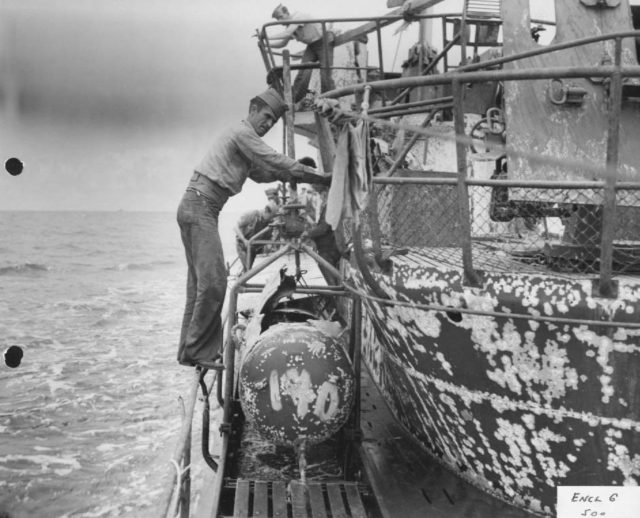
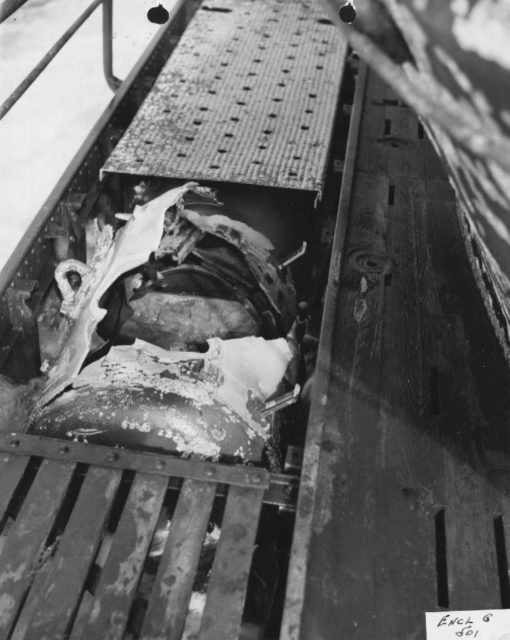
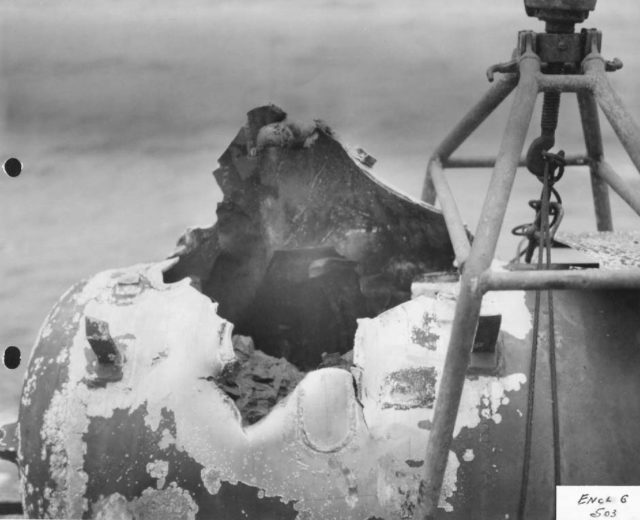
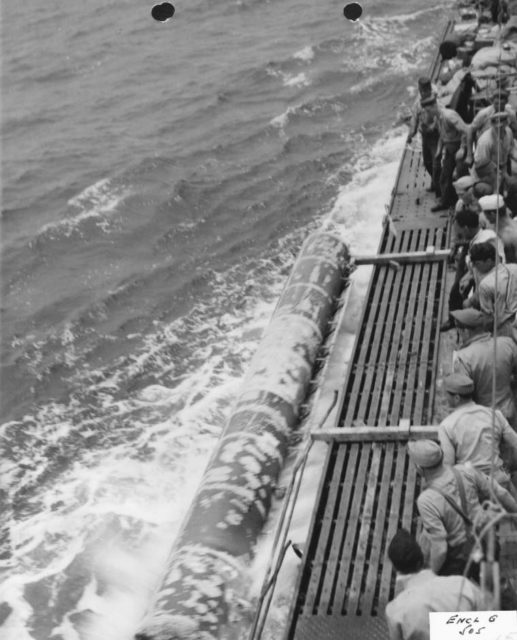
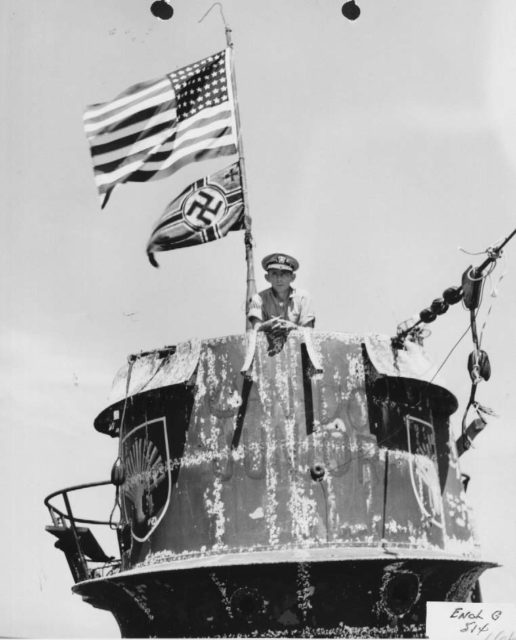
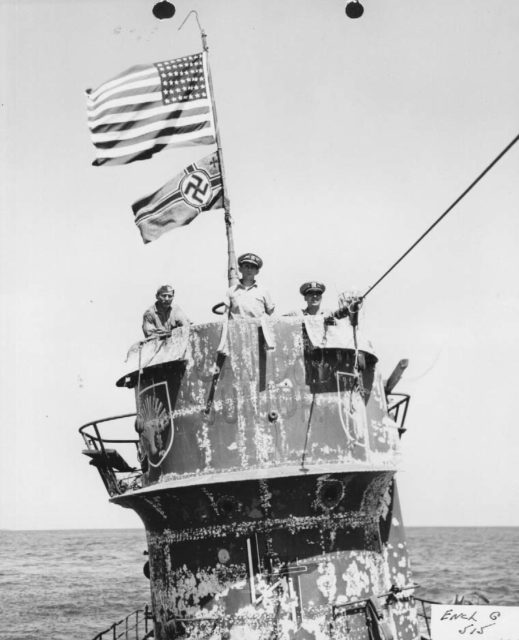
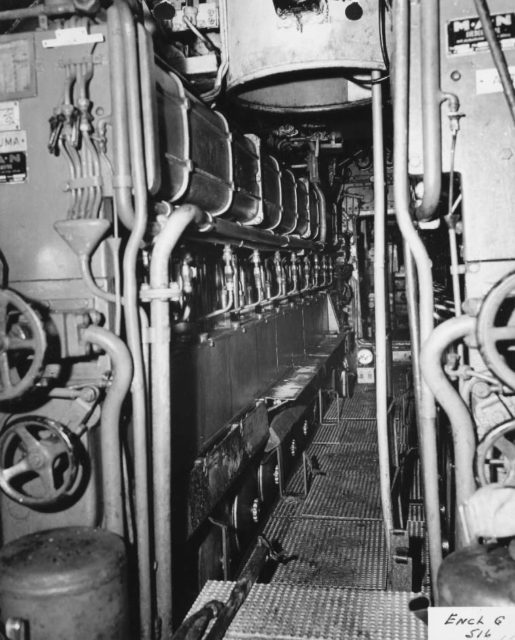
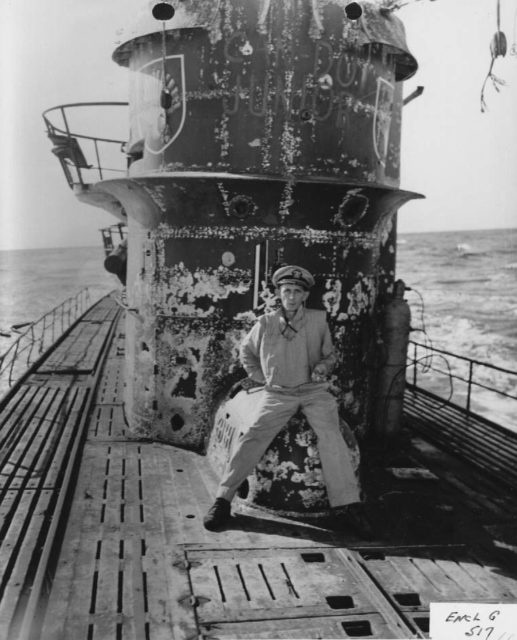
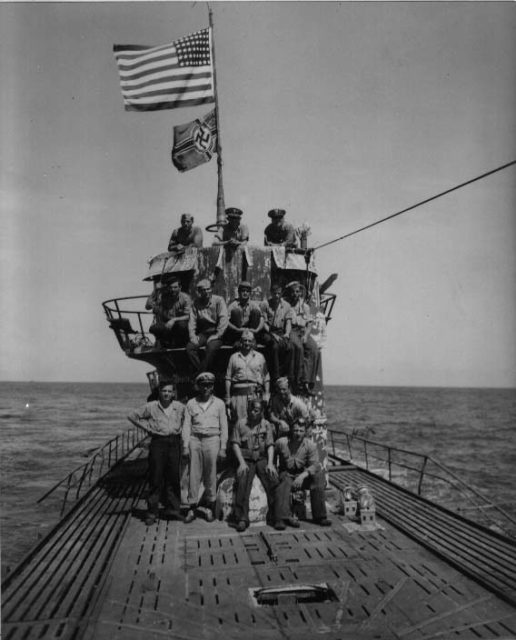
Using documents recovered from the submarine, the US navy dispatched hunters to the locations of German convoy raiders, and routes for shipments were carefully engineered to minimize the damages submarines could inflict on Allies’ boats.
While the short-term benefits were crucial for the Navy, the capturing of the submarine itself brought long-term capabilities for properly defending warships against the Nazi submarines. The acoustic homing torpedoes were dissected and tested for a combination of range and damage. This allowed an exact counter-attack system to be created that could combat submarines.
Shockingly, the capturing itself led to a consideration of a court marshal against Mr. Gallery. It was believed that the towing led to possible leaks of information that the United States army was in possession of information. This could have led to ambushes and sabotage from the Nazis.
To secure the secret further, the crew of U-505 were completely isolated. They saw no other prisoners during their time, and even the Red Cross was denied the ability to access them.
The gamble paid off. Germany pronounced the crew of the submarine dead and informed the families.
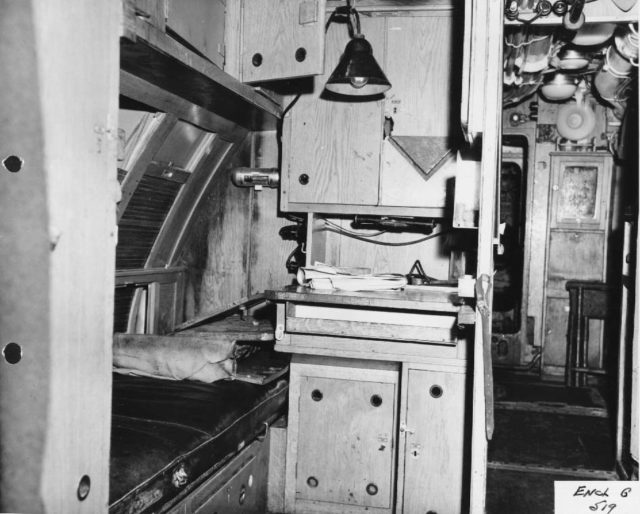
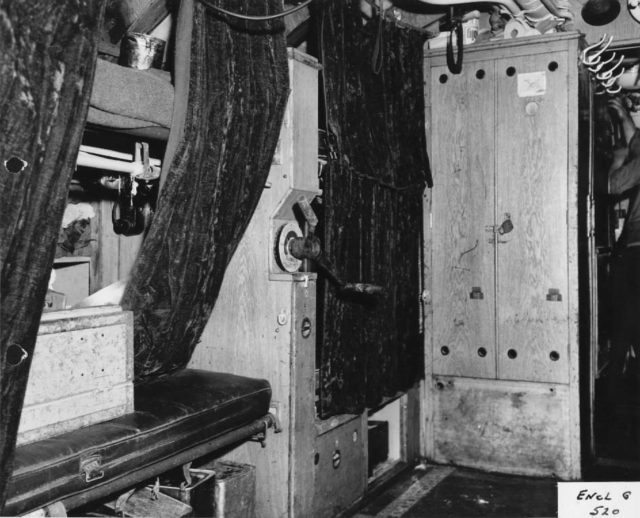
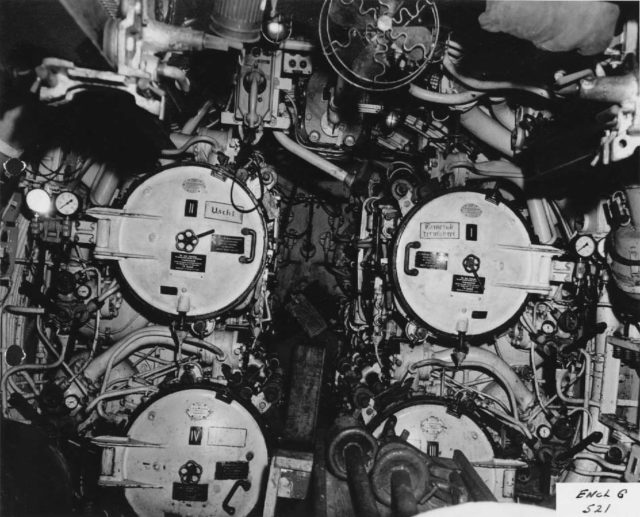
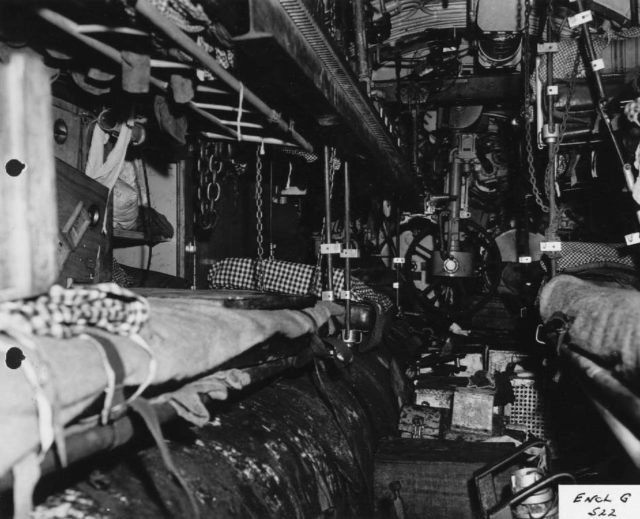
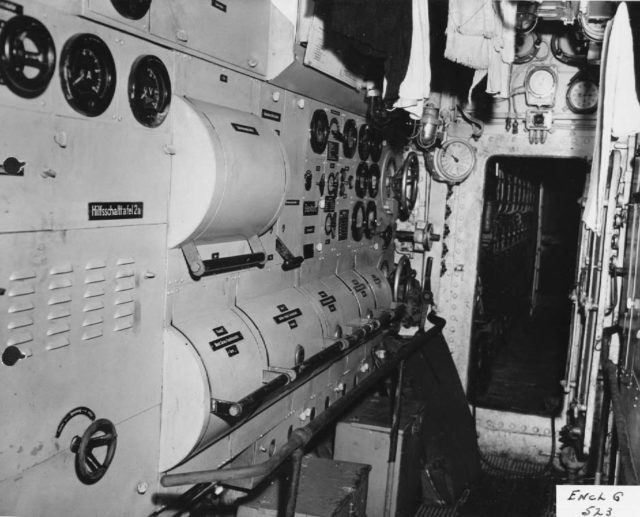
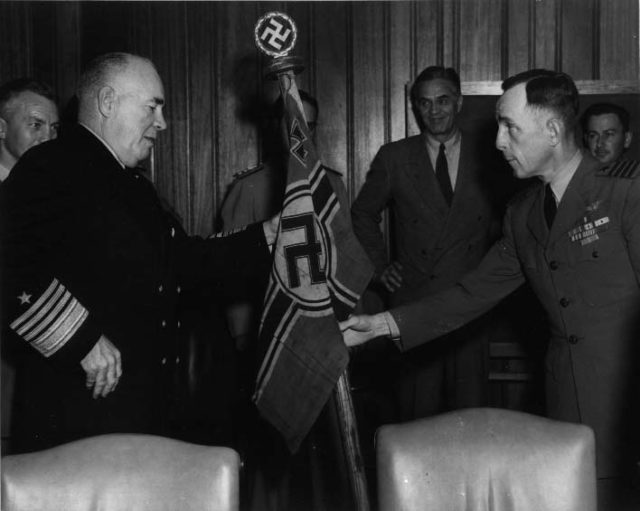
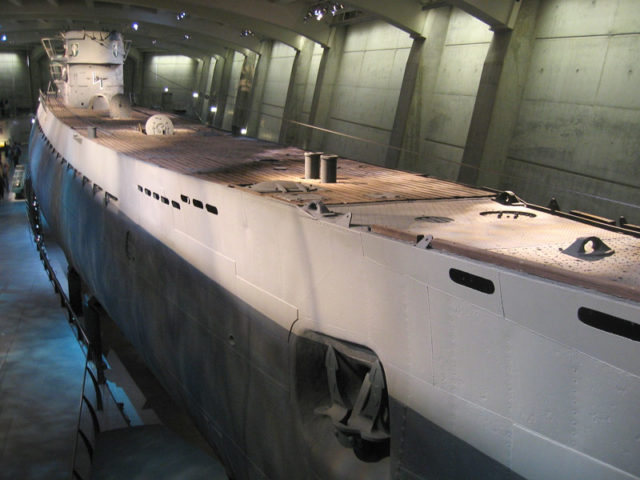
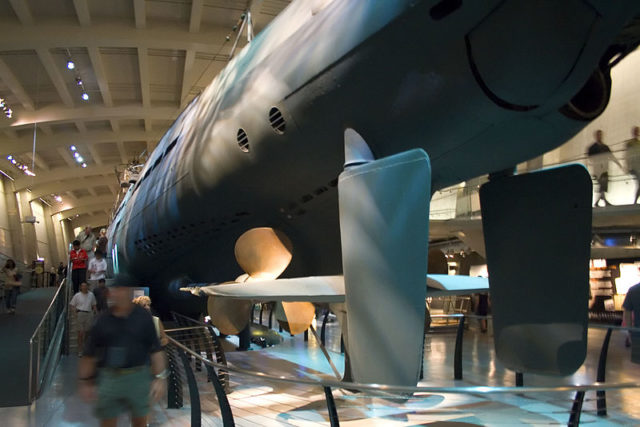
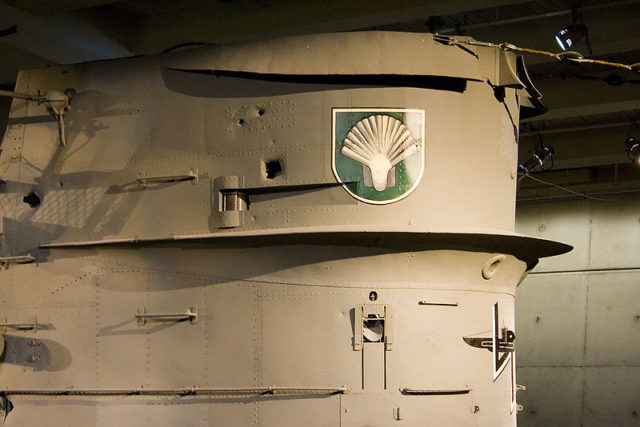
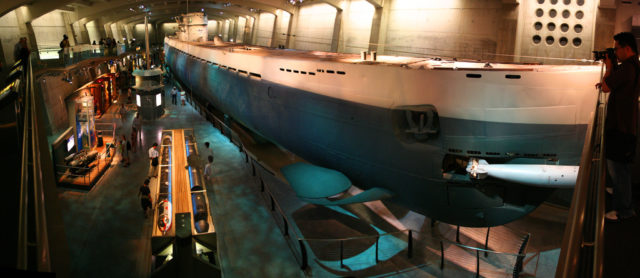
The entire crew wasn’t returned to Germany until 1947.
The Navy chose to extensively analyze the U-boat in Bermuda, but made little used of it after the war was finished.
In 1946, Gallery told his brother about the plan. Quickly, the president of Chicago’s Museum of Science and Industry was contacted to see if they would like to house the famous U-505.
It was then decided that the U.S. government would donate the submarine over to the museum and the city raised a quarter of a million dollars to move and create the exhibit.
Here is another interesting
The submarine was shipped to Milwaukee harbor and was then towed up the river. On September 25th of 1954, the U-boat became a permanent exhibit.
It was coupled with a memorial for the sailors that had lost their lives at war.
